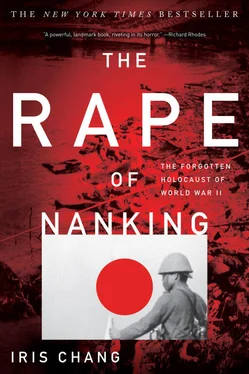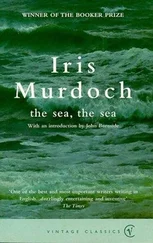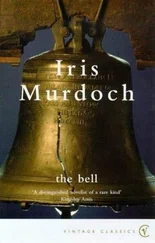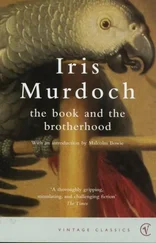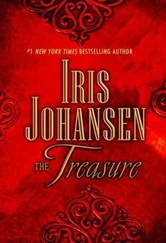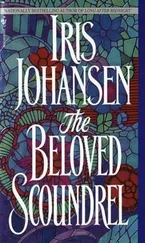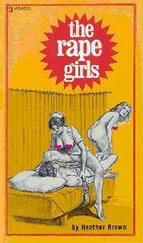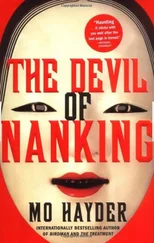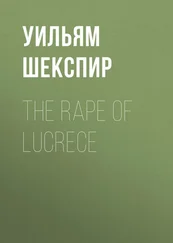By the 1990s John Magee was, of course, no longer alive to defend himself, but his son, David Magee, made an effort to disprove Ishihara’s statements. He gave interviews to the media and attended conferences on the Nanking massacre at which he read from his father’s papers and displayed the actual camera his father used to film Japanese atrocities. Frank Tillman Durdin was alive, and he took direct action. Stepping out of retirement in San Diego to hold a press conference to refute Ishihara’s remarks, Durdin explained to reporters that he had indeed written an article in 1937 that described the countryside from Shanghai to Nanking as peaceful, but that this article was written two months before the Japanese started their advance on Nanking.
Ishihara’s other statements are readily refutable. Contemporaneous reports of the Rape appeared in dozens of Western newspapers, and even Japanese newspapers ran detailed stories about the massacre. As for Durdin, his articles were not only contemporaneous but published on the front pages of the New York Times. John Magee’s letters contained descriptions like, “The raping of the women has been beyond description or imagination,” and, “There were dead bodies in every street and alley in the city, so far as I could tell, and I went around quite extensively including Hsiakwan.”
Not to be stopped, however, Ishihara went on to suggest that the Chinese claims of a massacre at Nanking helped influence the U.S. decision to bomb Hiroshima and Nagasaki. As each refutation of his earlier claims made it impossible for Ishihara to repeat them, he shifted his position slightly, but on one point he remained inflexible: even if the Germans had apologized for killing the Jews, that did not mean that the Japanese should do the same; under no circumstances should the Japanese ever admit they were guilty of any wrongdoing.
Ishihara’s career remained intact despite the Playboy interview, but eventually others were not so lucky.
—One man who was sucked into the vortex of controversy was General Nagano Shigeto. In the spring of 1994, within days of his appointment to the cabinet-level position of justice minister, he gave an interview to the Mainichi Shimbun newspaper that turned out to be political suicide. “I think the Nanking Massacre and the rest was a fabrication,” he told the newspaper. “I was in Nanking immediately afterwards.” He went on to call the Korean comfort women “licensed prostitutes,” not sex slaves, and to argue that Japan had no choice but to go to war because it was “in danger of being crushed.” The violent reaction to his statements across Asia forced Nagano to resign in disgrace.
—In September 1986, Fujio Masayuki, the Japanese minister of education, sabotaged his career when he declared that the Rape of Nanking was “just a part of war.” In an interview with Bungei Shunju magazine, Fujio defended the actions of the Japanese during the Nanking massacre and claimed that the number of dead had been exaggerated. He also said that Korea was partly to blame for its annexation by Japan in 1910, that Korea willingly accepted colonization, and that the Tokyo War Crimes Trial was “racial revenge” meant to “rob Japan of her power.” Though Fujio made these comments only “to restore the Japanese spirit through history and tradition,” they cost him his job. That month Japanese Prime Minister Nakasone Yasuhiro dismissed him from his post.
—Okuno Seisuki, who had been the prefectural director of the notorious Kempeitai (the secret Japanese military police) during the war, rose after the war to become the Japanese minister of justice and even the minister of education. By 1988 Okuno had become the Japanese land agency chief and the third most senior member of the cabinet. But Okuno’s undoing came that spring when he visited the Yasukuni Shrine in Tokyo (where Japanese class A war criminals are enshrined and worshipped) and revealed his true attitudes about World War II. “There was no intention of aggression,” Okuno told reporters. “The white race made Asia into a colony, but only Japan has been blamed. Who was the aggressor country? It was the white race. I don’t see why Japanese are called militarists and aggressors.” His statements provoked an uproar across Asia, prompting Okuno to adjust his wording: “I didn’t say Japan wasn’t an aggressor. I said it wasn’t the only aggressor.” By May, Okuno had been forced to resign, but he remained unrepentant to the end. He had stepped down, Okuno said, only under pressure from the government, not because he wished to retract his statements.
—In August 1994, Sakurai Shin, the director general of the Japanese environmental agency, remarked that Japan did not go to war with the intent to commit aggression. In response to China’s angry protests (a PRC Foreign Ministry spokesman announced that “the Chinese government regrets that, once again, a Japanese cabinet minister has brazenly made remarks which distort historical facts”), Murayama Tomiichi ended up apologizing for Sakurai’s remarks. He also rebuked Sakurai by calling the remarks “inappropriate” and forced the director general to hold a midnight press conference to retract his statement.
—In 1995 Hashimoto Ryutaro, the minister for international trade and industry and a powerful man in the Liberal Democratic Party (he would later become the prime minister of Japan), announced that it was Japan’s intention only to fight the United States, Britain, and “others” during World War II. While Japan was aggressive toward China, he said, it really had no intention of invading other Asian countries.
The official denials continued even as this book was going to press. Kajiyama Seiroku, the Japanese chief cabinet secretary, outraged several Asian countries when he stated that the sex slaves and rape victims of the Japanese imperial army during World War II were not slaves at all but willingly engaged in prostitution. In January 1997, he proclaimed that the comfort women of the Japanese army “went for the money” and were no different from the Japanese prostitutes who were working legally in Japan at the time. Amazingly, these comments came on the eve of weekend summit talks between Japanese Prime Minister Hashimoto Ryutaro and South Korean President Kim Young-sam, both of whom expressed deep anger over Kajiyama’s remarks.
Kajiyama later made a gesture to apologize, though he infuriated critics because the apology seemed insulting and insincere. The cabinet secretary regretted that his comments “caused some unpleasantness at the Japan–South Korean summit, and misunderstanding among the South Korean people,” but he refused to retract his original comments. This was not the first time Kajiyama’s mouth had landed him in trouble. In 1990 he was forced to resign from his position as Japanese justice minister after comparing African Americans to prostitutes who come in and ruin a neighborhood.
Perhaps one of the most sinister aspects of the malaise in Japanese education is the deliberate obstruction of important historical information about World War II through textbook censorship.
Almost from birth, Japanese children fight for footholds in the slippery pyramid of education, striving to reach the tip, which is admission to Todai, or Tokyo University. There are cram elementary schools to get into the right high school, where kids study from 9:00 P.M. to 6:00 A.M.; cram preparatory kindergartens to ensure admission into the right elementary school; even exclusive maternity wards that guarantee babies a ticket into the right nursery school.
But despite the “examination hell” for which the Japanese are famous, what do their schoolchildren learn about World War II?
Very little, as it turns out. The entire Japanese education system suffers from selective amnesia, for not until 1994 were Japanese schoolchildren taught that Hirohito’s army was responsible for the deaths of at least 20 million Allied soldiers and Asian civilians during World War II. In the early 1990s a newspaper article quoted a Japanese high school teacher who claimed that his students were surprised to learn that Japan had been at war with the United States. The first thing they wanted to know was who won.
Читать дальше
